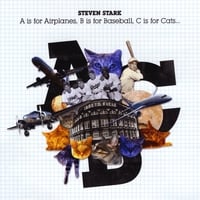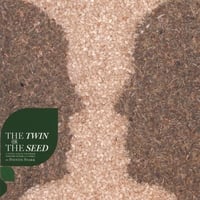Rediscovering the poetry of my great-great uncle G.A. Compton has been a great joy over the last few years. Many of his poems strike right at the heart of the ways I have come to think. Here are three poems, published in his 1950 book "Puns, Poetry and Prose", that make their way deeper and deeper into my soul everyday. They are truly Theology From The Plain (albeit from Uncle Barry's West Virginia hills!).
Two Sermons
I went to hear a preacher.
How his lusty voice did ring!
He nomenclatured nameless Love
Just like a mundane thing.
One part of Love was vengeance,
To ablate an heired sin!
(Then, I hoped Love would be cheated
And feel a deep chagrin!)
I went to hear a robin
Help to mauve the ashy dawn,
And thought he’d burn the new leaves of
The twig he salaamed on.
Aurora flung her curtains
At the throbbing reveille,
And hallooed thru the windows,
That the preacher lied to me!
Crucibles
Without pain
Happiness
Could not be;
Heaven is
Estimated thru
Gethsemane.
Without fear,
No stile would arise
With each stair a hope
Ending in the skies-
Pain, fear-
Finite crucibles
Purge us to merge
Into
Infinite seas.
Conformity
Just buckle on most any creed,
Like picking up a stole-
No creed was ever fitted, yet,
Exactly to each soul.
Convention says that you must wear
One o'er your sinful heart,
So put it on - but grow until
You burst the thing apart.


